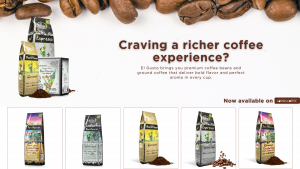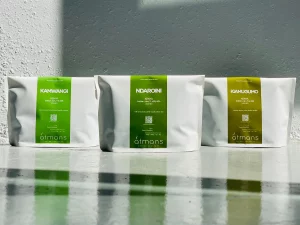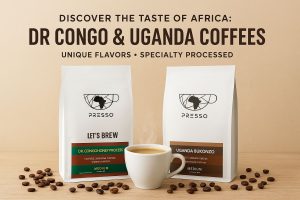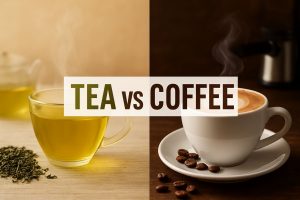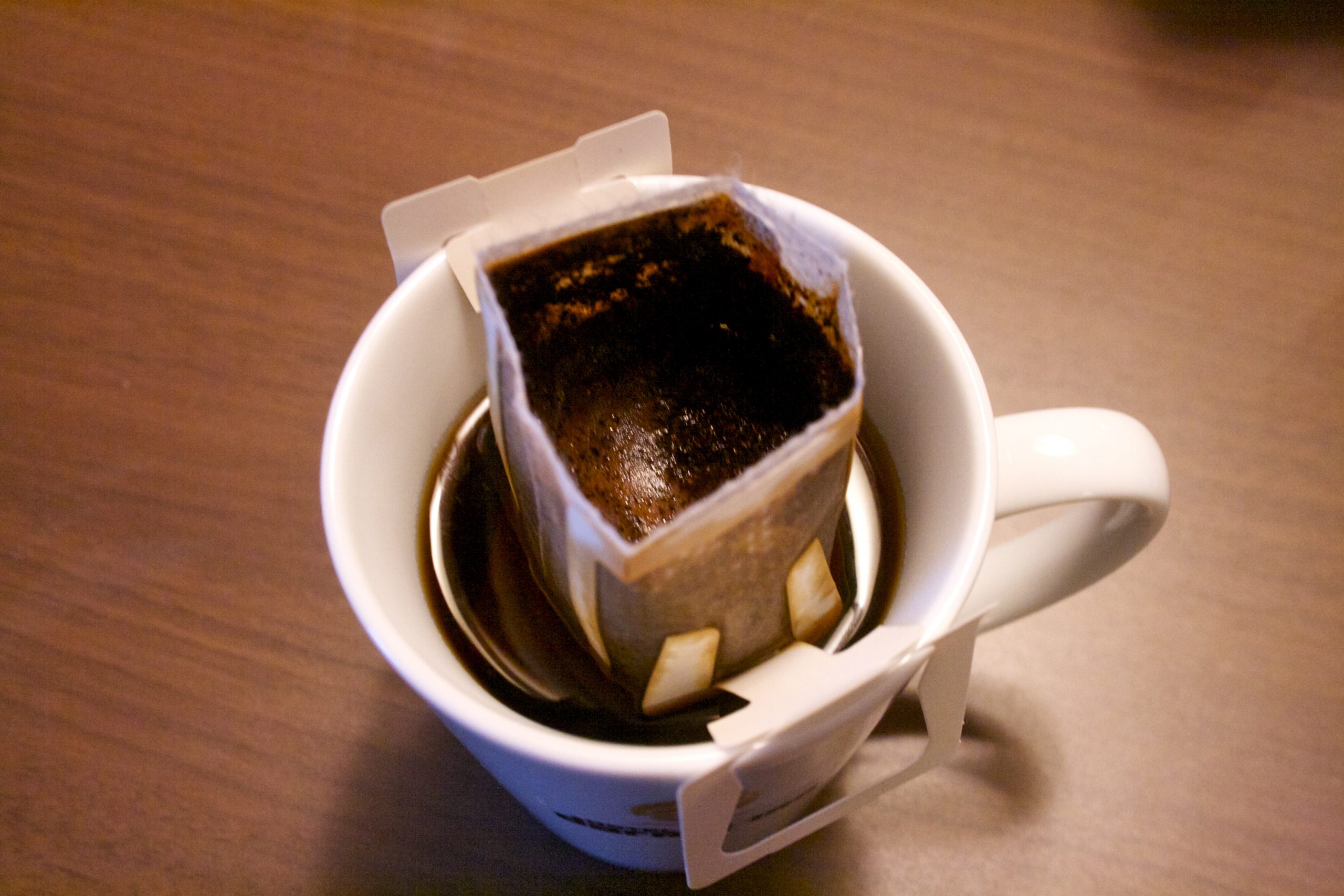
The Differences Between Immersion and Drip Coffee Brewing Methods
Table of Contents
- Introduction
- Immersion Brewing
- What Is Immersion Brewing?
- Common Immersion Brewing Methods
- Advantages of Immersion Brewing
- Disadvantages of Immersion Brewing
- Drip Brewing
- What Is Drip Brewing?
- Common Drip Brewing Methods
- Advantages of Drip Brewing
- Disadvantages of Drip Brewing
- Comparing Immersion and Drip Brewing
- Flavor Profile
- Brewing Time
- Convenience
- Equipment and Cost
- Conclusion
The Differences Between Immersion and Drip Coffee Brewing Methods
- Adam Smith
- 05-07-2024
- 05-07-2024
- 1216 views
- Coffee Beans

Introduction
Coffee brewing is an art and a science, with numerous methods available to achieve the perfect cup. Among these methods, immersion and drip brewing are two popular techniques that coffee enthusiasts and baristas often debate. Both methods have unique characteristics, advantages, and potential drawbacks. In this blog, we’ll explore the differences between immersion and drip coffee brewing methods, helping you understand which might be the best fit for your coffee preferences.
Immersion Brewing
What Is Immersion Brewing?
Immersion brewing involves steeping coffee grounds in water for an extended period, allowing the water to fully extract flavors from the coffee. This method emphasizes control over the brewing time and water-to-coffee ratio, making it a favorite among those who enjoy experimenting with their coffee.
Common Immersion Brewing Methods
- French Press: One of the most well-known immersion methods, the French Press, uses a cylindrical carafe, a plunger, and a metal or nylon mesh filter. Coarse coffee grounds are steeped in hot water, and after a few minutes, the plunger is pressed down to separate the grounds from the brewed coffee.
- Aeropress: This versatile device combines elements of both immersion and pressure brewing. Coffee grounds are mixed with hot water and steeped briefly before being forced through a filter by pressing a plunger.
- Cold Brew: In this method, coarse coffee grounds are steeped in cold water for an extended period, usually 12-24 hours. The result is a smooth, less acidic coffee concentrate that can be diluted with water or milk.
Advantages of Immersion Brewing
- Full Flavor Extraction: Immersion brewing allows for a more thorough extraction of flavors, resulting in a rich and robust coffee profile. The prolonged contact between water and coffee grounds helps in extracting a broader range of compounds.
- Control Over Brewing Variables: Immersion methods offer more control over brewing time and coffee-to-water ratio, allowing enthusiasts to fine-tune their brew to match their preferences.
- Consistency: Because the coffee grounds are fully immersed, the extraction is generally more uniform, leading to a consistent flavor profile with each brew.
Disadvantages of Immersion Brewing
- Sediment: Methods like the French Press can leave sediment in the cup due to the use of a metal mesh filter. While some enjoy this texture, others may find it undesirable.
- Longer Brewing Time: Immersion methods, particularly cold brew, require more time compared to drip methods. This can be inconvenient for those looking for a quick cup of coffee.
Drip Brewing
What Is Drip Brewing?
Drip brewing, also known as filter brewing, involves pouring hot water over coffee grounds, allowing gravity to pull the water through the coffee bed and a filter, which captures the grounds. This method is widely used in both manual and automatic coffee makers.
Common Drip Brewing Methods
- Automatic Drip Coffee Maker: These machines are ubiquitous in households and offices. They heat water and evenly distribute it over the coffee grounds, which then pass through a filter and into a carafe.
- Pour Over: This manual method involves pouring hot water over coffee grounds in a circular motion, using a gooseneck kettle for precision. The water filters through the coffee bed and into a carafe or cup.
- Chemex: A specific type of pour-over device, the Chemex uses a thicker paper filter and a unique hourglass design. The thicker filter removes more oils and fines, resulting in a clean and crisp coffee.
Advantages of Drip Brewing
- Convenience: Drip brewing, especially with automatic machines, is convenient and time-efficient. It requires minimal effort and can produce multiple cups of coffee in a short time.
- Clarity of Flavor: Drip brewing methods, particularly those using paper filters, often result in a cleaner cup of coffee. The filters remove oils and fines, leading to a bright and clear flavor profile.
- Versatility: Drip brewing methods can accommodate a wide range of grind sizes and coffee types, making it easy to experiment with different beans and blends.
Disadvantages of Drip Brewing
- Less Control: Automatic drip coffee makers offer less control over brewing variables compared to manual methods like pour-over or immersion brewing. This can result in less precise flavor adjustments.
- Potential for Uneven Extraction: In manual pour-over methods, improper pouring technique or inconsistent water distribution can lead to uneven extraction, affecting the flavor balance.
Comparing Immersion and Drip Brewing
Flavor Profile
- Immersion: Tends to produce a fuller-bodied coffee with more pronounced flavors due to the prolonged contact between water and coffee grounds.
- Drip: Results in a cleaner, brighter cup with a more defined flavor profile, as paper filters remove oils and sediment.
Brewing Time
- Immersion: Generally requires more time, especially methods like cold brew, which need several hours.
- Drip: Typically faster, with automatic drip machines and manual pour-over methods producing coffee in a matter of minutes.
Convenience
- Immersion: May require more effort and patience, but methods like the French Press are straightforward and easy to use.
- Drip: Highly convenient, especially with automatic machines, making it ideal for busy mornings or serving multiple cups quickly.
Equipment and Cost
- Immersion: Generally requires fewer and less expensive tools. A French Press or Aeropress is relatively affordable.
- Drip: Can range from affordable (simple pour-over setups) to expensive (high-end automatic machines). Requires a steady supply of paper filters.
Conclusion
Both immersion and drip brewing methods have their unique advantages and potential drawbacks, catering to different preferences and lifestyles. Immersion brewing offers a richer, more robust coffee experience with greater control over brewing variables, while drip brewing provides convenience, clarity of flavor, and versatility. By understanding the differences between these methods, you can choose the one that best suits your taste and brewing habits, or enjoy the best of both worlds by incorporating both into your coffee routine.

















